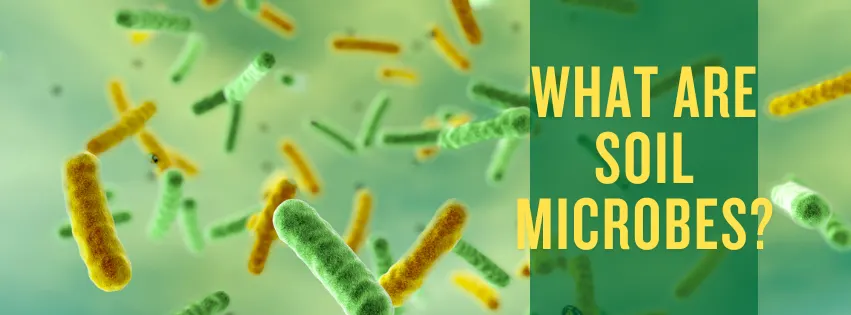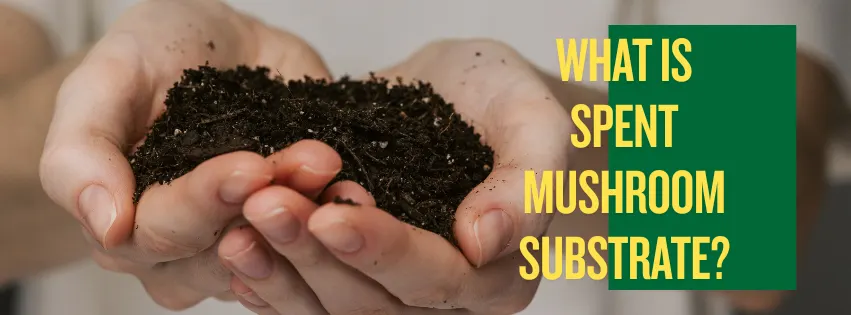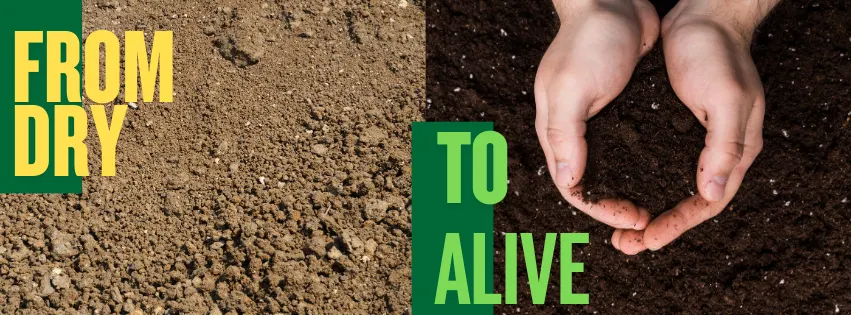
Soil Microbes and Their Role in Sustainable Farming
Why Farmers Must Look Beneath the Soil
A farmer once said, “The wealth of the nation lies not in its banks, but in its soils.” Yet today, many fields are losing fertility faster than they can regenerate. Farmers often notice falling yields, hardening soil, or a greater dependence on chemical fertilizers. But the solution doesn’t lie in stronger chemicals—it lies in soil microbes in agriculture, the unseen world beneath our feet.
These tiny soil microbes—bacteria, fungi, and other beneficial organisms are the hidden heroes that drive microbial activity in soil. Without them, the land becomes lifeless dirt. With them, it transforms into fertile soil, rich in nutrients, supporting crops, water cycles, and sustainable farming.
What Are Soil Microbes?
Soil microbes are microscopic organisms—such as bacteria, fungi, protozoa, and actinomycetes—that live in the soil. Though invisible to the naked eye, their microbial activity in soil drives the natural cycles of nutrients, water, and carbon.
Soil Bacteria: Break down organic matter and release nutrients.
Soil Fungi: Form networks (mycorrhizae) that help plants absorb water and minerals.
Actinomycetes: Decompose tough materials like cellulose, enriching soil.
Protozoa & Nematodes: Keep the balance by feeding on bacteria and releasing nutrients.
Together, they form the soil microbiome—a living community that determines soil health.
Why Are Soil Microbes Important in Agriculture?
Healthy soil microbes = healthy crops. Their benefits include:
Nutrient Cycling: Microbes convert organic matter into nitrogen, phosphorus, and potassium that plants can absorb.
Soil Fertility: Continuous microbial activity keeps soils alive and fertile without excessive fertilizer use.
Disease Resistance: Beneficial microbes suppress harmful pathogens, reducing the need for pesticides.
Improved Crop Yield: Fields rich in microbial diversity show higher productivity.
Carbon Sequestration: Microbes trap carbon in the soil, helping fight climate change.
As Masanobu Fukuoka, the pioneer of natural farming, once said: “The ultimate goal of farming is not the growing of crops, but the cultivation and perfection of human beings.” Microbes play their silent part in this by balancing nature.
How Soil Microbes Work: The Science Made Simple
Think of microbes as farmers inside the soil:
The Fertilizer Makers: Nitrogen-fixing bacteria like Rhizobium live in legume roots, converting nitrogen gas into plant food.
The Soil Engineers: Mycorrhizal fungi create root-like networks that increase a plant’s water absorption by 100 times.
The Pest Controllers: Certain microbes release antibiotics and enzymes that kill harmful soil-borne diseases.
The Recyclers: Decomposers break down farm waste, cow dung, crop residues, and turn them into humus.
Without these processes, chemical fertilizers alone cannot maintain long-term fertility.
Practical Guide: How Farmers Can Boost Microbial Activity in Soil
1. Reduce Chemical Dependency
Overuse of pesticides and fertilizers kills beneficial microbes.
Shift towards balanced use, supplemented with organic inputs.
2. Add Organic Matter
Compost, cow dung, and spent mushroom substrate (SMS) feed soil microbes.
Mulching keeps the soil moist, creating a friendly environment.
3. Practice Crop Rotation & Intercropping
Different crops encourage different microbial communities.
Legumes restore nitrogen-fixing bacteria to soil.
4. Use Biofertilizers & Microbial Inoculants
Products with Azotobacter, Rhizobium, or Trichoderma directly add beneficial microbes.
5. Minimize Soil Disturbance
Excessive tilling disrupts microbial habitats.
Adopt conservation tillage or zero-tillage practices.
Soil Microbes in Indian Agriculture
Indian soils have suffered from decades of chemical-intensive farming. The result: declining soil fertility and stagnant yields. But natural alternatives are rising:
Mushroom compost in India (Spent Mushroom Substrate) enriches soil microbes naturally.
Zero Budget Natural Farming (ZBNF): Promotes Jeevamrut (cow dung, urine, jaggery, and pulse flour) as a microbial booster.
State Initiatives: Uttarakhand and Andhra Pradesh are encouraging farmers to adopt microbial-rich organic practices.
As M.S. Swaminathan, father of India’s Green Revolution, said: “If agriculture goes wrong, nothing else will have a chance to go right.” Microbes are at the core of getting agriculture “right” again.
Global Perspective: Soil Microbes and Sustainable Farming
Worldwide, farmers are realizing that beneficial microbes are the key to sustainable farming:
Europe: Farmers use microbial inoculants as eco-friendly fertilizer alternatives.
Africa: Mycorrhizal fungi help crops survive in drought-prone regions.
United States: Regenerative agriculture emphasizes microbial diversity for soil regeneration.
This global shift towards eco-friendly agriculture proves one point: soil is not dead matter, it is a living system.
| Input Type | Nutrient Supply | Long-Term Soil Health | Environmental Impact | Cost Efficiency |
|---|---|---|---|---|
| Beneficial Microbes (Biofertilizers) | Targeted release; works with roots. | Builds diversity & resilience. | Low; lowers runoff risk. | High long‑term ROI. |
| Chemical Fertilizers | Fast, short‑lived response. | Can degrade structure if overused. | Higher leaching & emissions. | Cheap initially; costly over time. |
| Compost / Organic Matter | Slow, steady release. | Improves structure & habitat. | Low; supports circular use. | Moderate; lower when on‑farm. |
The Call to Farmers and Gardeners
Soil microbes may be invisible, but their impact is monumental. They feed plants, fight diseases, and keep soils fertile for future generations.
For Indian farmers, gardeners, and global agriculture enthusiasts—the message is simple: Protect and feed the soil microbes, and they will feed you.
Let us adopt practices that revive microbial life—composting, crop rotation, minimal tillage, and natural biofertilizers. In doing so, we not only increase crop yield but also secure the planet’s future.
Soil is not dirt—it is a living community. Let us join hands to conserve it.


